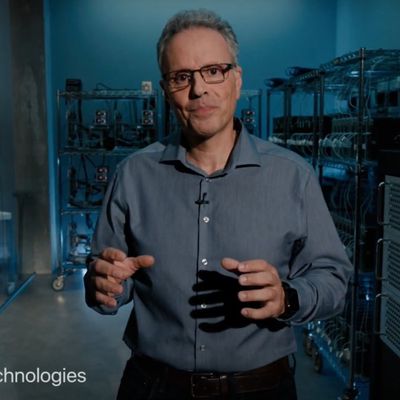Apple chip supplier TSMC is moving ahead with plans for a manufacturing plant in Phoenix, Arizona, according to Bloomberg.
![]()
In November of 2020, Phoenix city officials approved financial incentives and government support for the new plant. The city agreed to provide $200 million in support to build infrastructure including roads and sewers, according to a notice from the city's council.
TSMC estimates that its total spending on the project, including capital expenditure, will be approximately $12 billion from 2021 to 2029, with the facility expected to directly create over 1,600 high-tech professional jobs.
Construction of the Arizona plant is now said to be "well under way." The facility will mass-produce chips fabricated with a five-nanometer process by 2024. TSMC has been gradually miniaturizing its process over the years, going from a 16nm A10 chip in iPhone 7 models, to a 7nm A13 chip in iPhone 11 models, and a 5nm process for the iPhone 12's A14 chip. Likely clients for the chips from the Arizona factory include Nvidia, Qualcomm, and Apple.
TSMC already operates a factory in Camas, Washington and design centers in Austin, Texas and San Jose, California, so the Arizona facility will be its second manufacturing site in the United States. The company's main factories are located in Taiwan.
The new Arizona plant will increase the opportunity for Apple's custom silicon chips, such as the A14 or M1 chip, to be feasibly manufactured within the United States.























